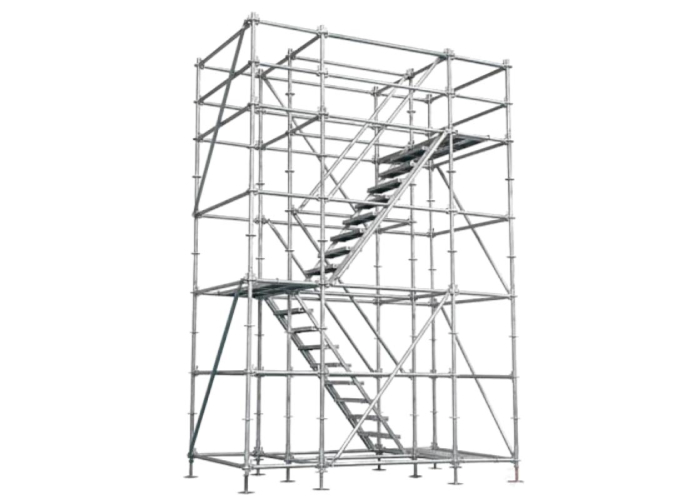gru . 24, 2024 23:46 Back to list
Formwork Solutions for Efficient Bridge Pier Construction in China
The Importance of Formwork in Bridge Pier Construction
In the realm of civil engineering, the significance of formwork cannot be overstated, particularly when it comes to constructing bridge piers. Bridge piers play a crucial role in supporting the span of the bridge, ensuring stability and safety for both vehicles and pedestrians. The method by which these piers are constructed often hinges on the type of formwork employed, making it an essential component of the construction process.
What is Formwork?
Formwork refers to the temporary or permanent molds used to shape concrete until it hardens and gains the desired structural integrity. Formwork systems can be made from various materials, including wood, steel, aluminum, and plastic. The choice of material and design for the formwork system is crucial as it impacts the cost, ease of installation, and the quality of the final structure.
Types of Formwork
When it comes to constructing bridge piers, several types of formwork can be used, each offering distinct advantages and disadvantages.
1. Traditional Timber Formwork This is one of the oldest and most commonly used methods. It is relatively inexpensive and can be easily customized to fit various designs. However, it has a shorter lifespan and may not be suitable for large-scale projects due to the time and labor involved in assembly and disassembly.
2. Steel Formwork Known for its durability and strength, steel formwork can be reused multiple times, making it a cost-effective choice for large projects. Its rigid structure minimizes the risk of deformation, ensuring high-quality finishes on concrete surfaces.
3. Aluminum Formwork Lighter than steel and offering similar benefits, aluminum formwork is easier to handle and requires less labor for installation. It is particularly advantageous for complex designs and when a smooth finish is a priority.
4. Plastic Formwork This is an emerging option that is lightweight and resistant to water and chemicals, making it ideal for various weather conditions. It is also modular, allowing for quick assembly and disassembly.
Construction Process
china bridge pier formwork

The construction process of bridge piers using formwork typically involves several stages
1. Site Preparation This stage includes the surveying of the site to determine the exact location and alignment of the bridge piers. Proper grading and excavation are crucial to ensure a stable foundation.
2. Formwork Installation Once the site is prepared, the selected formwork system is installed. This requires precision to ensure that the formwork aligns with design specifications and regulations.
3. Reinforcement After the formwork is set up, reinforcing steel bars (rebar) are placed within the forms to provide added strength to the concrete. The arrangement of rebar is critical, as it must comply with structural engineering designs.
4. Concrete Pouring The next step involves mixing and pouring concrete into the formwork. It’s vital that the concrete is appropriately vibrated to eliminate air pockets and ensure a dense final product.
5. Curing Once the concrete is poured, it needs time to cure properly. This process typically lasts several days to ensure the concrete reaches optimal strength.
6. Form Removal After the concrete has cured sufficiently, the formwork is dismantled, revealing the finished bridge pier.
Advantages of Proper Formwork
Using the right formwork system offers numerous benefits. It allows for precise shaping of the concrete, which is vital for aesthetic and functional purposes. Efficient formwork can significantly reduce labor costs and construction time, thereby accelerating project timelines. Moreover, with advancements in formwork technology, the risks of defects and structural failures are minimized, leading to safer infrastructures.
Conclusion
As bridge construction continues to evolve, the role of formwork remains crucial to the success of projects. Understanding the various types of formwork and their applications can lead to smarter choices that enhance project efficiency and quality. Investing in the right formwork is not just a sound business decision; it is a commitment to safety, durability, and excellence in civil engineering.
-
Adjustable Heavy Duty Props for Slab Formwork - Strong & Safe Support
NewsAug.22,2025
-
Formwork Spring Clamp Factories: Quality & Bulk Supply
NewsAug.21,2025
-
Premium Ringlock Scaffolding | China Manufacturer & Supplier
NewsAug.19,2025
-
Efficient Table Formwork for Fast Slab Construction & Reusability
NewsAug.18,2025
-
Timber Beam H20 Formwork & Shuttering - Durable & Reliable
NewsAug.17,2025
-
Timber Beam H20: Premium Formwork & Shuttering Solutions
NewsAug.16,2025